Everyone who works in social media has seen the statistics about people trusting messages from their connections more than they trust those from brands. You are also probably paying attention to the changing landscape of social media - as private messaging platforms are replacing open social networks.
In these circumstances, the importance for brands to activate their employees as part of a coordinated social media strategy is apparent. Many companies have already implemented robust programs to facilitate employee social engagement on behalf of the company.
But a crucial question too often goes unanswered. What is in it for the employee, and how do we effectively communicate that value to the employees?
For employees to choose to engage in social program they have to decide for themselves whether it is worth their time, and importantly, whether their is any benefit to them directly for leveraging their social networks in this way.
First, I'll try to define that value for the employee, and then suggest that the same dynamics that make these programs effective externally, can help to convince employees that they should participate.
In regard to whether it is worth their time, an efficient program of content curation and an good software tool can greatly greatly reduce the amount of time required from the employee. It might be hard for an employee to justify spending an several hours a week on this, even if their manager approves. But if that amount of time can be reduced to five or ten minutes a day, it makes much more sense.
That leaves the question of general benefit to the employee. If the employee does not understand the direct benefits to them, it is unlikely that this type of social activity would ever be prioritized highly enough to actually become a regular part of their daily schedule.
Internal motivation helps. This could include communication from leadership encouraging social engagement as well as recognition for top performers. Many tools have built-in gamification capabilities, though it can also be as simple as profiling and congratulating those who are the most active and effective. This should be, accurately, seen by employees as way to differentiate themselves and improve their future professional opportunities within the company.
Because employee social programs are externally facing, it is fair to recognize these activities as a part of an employee's professional development strategy that might open up opportunities outside of the company. I sometimes find that to be a tricky part of the conversation when talking to employees.
Obviously no company wants to encourage high performing employees to leave the company. But at the same, helping employees to develop professionally and achieve their goals, even when that may lead them out of the company, may convince that employee that they are in the right place already. The key then is to simply and honestly present your employees the benefits of strengthening their professional network via social media, and of positioning themselves as highly knowledgeable when it comes to their area of expertise and your company's industry.
While I've found that you can convince some people that are not initially interested that participating in a social media engagement program is a good idea. In many ways that is a conclusion that they have to arrive at on their own. Fortunately, I think many employees already have, or would if they gave it enough thought. What tends to move the needle more quickly is enabling those employees who are interested but just don't know how to proceed, or redirecting and educating those employees who have decided to proceed even though they might not be doing so in the most effective and compliant ways. The success of these types of employees is likely to encourage their own colleagues to decide to give it a try.
It is really the same principle that the overall strategy is based on. While leadership can (and should) create positive messaging to encourage people to engage in a program, hearing authentic messages from friends and colleagues about how participation benefitted them is likely to be more convincing.

